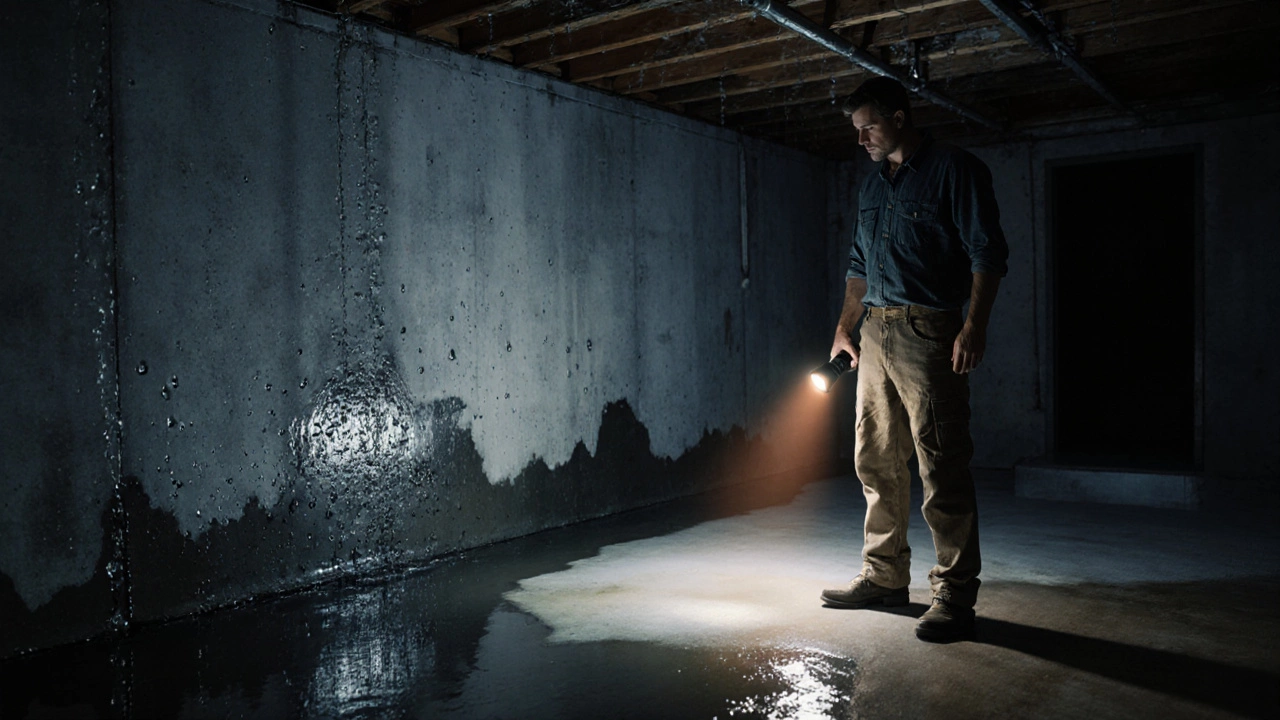Crack Injection: Fixing Structural Cracks Quickly and Effectively
When working with crack injection, a process that pumps sealing material into concrete or masonry cracks to restore integrity. Also known as injection grouting, it offers a fast, cost‑effective alternative to demolition and rebuilding. Foundation repair, the broader discipline of correcting settlement or movement in a building’s base often relies on crack injection as a first step, while epoxy injection, a specialized form that uses two‑part epoxy resin for high‑strength bonding serves especially for load‑bearing cracks. These three entities—crack injection, foundation repair, epoxy injection—form a practical trio that professionals turn to when structural stability is at stake.
Crack injection requires the right material, the right pressure, and the right timing. Typical materials include epoxy resin, polyurethane foam, and cementitious grout, each with distinct attributes: epoxy offers high tensile strength, polyurethane expands to seal even moving cracks, and cement‑based grout is economical for non‑structural repairs. The method’s key steps—cleaning the crack, installing injection ports, and pumping the chosen resin—represent the core attributes of the technique. When executed correctly, the result is a restored floor or wall that can bear loads again, reducing the need for extensive replacement.
Why Choose Crack Injection Over Traditional Repairs
Traditional crack fixes often involve breaking out the damaged section, forming new concrete, and waiting for it to cure—a process that can take weeks and cost thousands. Crack injection, by contrast, can be completed in a single day, with minimal disruption to occupants. It also preserves the original appearance of flooring or masonry, which is a big plus for heritage buildings or stylish interiors. Because the injected material bonds with the existing substrate, the repaired area behaves as a single piece, improving overall structural continuity.
Beyond residential basements, crack injection sees heavy use in commercial parking decks, industrial warehouses, and bridge decks. In each case, the goal is the same: stop water ingress, prevent further crack propagation, and restore load‑bearing capacity. The technique also plays a role in pre‑emptive maintenance; engineers may inject small hairline cracks before they widen, extending the service life of a structure and saving owners future repair costs.
When planning a repair, consider three crucial factors: the crack width, the movement expected in the structure, and the environmental conditions. Hairline cracks (under 0.2 mm) often only need a low‑viscosity epoxy, while wider gaps (over 5 mm) may need a fast‑expanding polyurethane foam. Structures that settle seasonally, such as those on expansive clay soils, benefit from flexible polyurethane that can accommodate movement. Weather also matters—cold temperatures can slow curing, so professionals may use heated mixers or choose cold‑curing resins.
Cost‑wise, crack injection typically runs between £30 and £80 per linear metre, depending on material and access difficulty. That’s a fraction of the £200‑plus per metre you’d spend on full concrete removal and replacement. Moreover, the quicker turnaround means less loss of rental income for landlords or less downtime for businesses.
In practice, the success of crack injection hinges on proper assessment and skilled execution. Certified contractors conduct a diagnostic survey, often using ultrasonic or video‑inspection tools to map crack depth and direction. They then select the appropriate injection system—high‑pressure pumps for deep structural cracks or low‑pressure syringes for surface repairs.
Whether you’re a homeowner confronting a damp basement, a property manager wanting to protect a commercial slab, or an engineer specifying maintenance for a bridge, the range of articles below will walk you through the specifics: choosing the right material, estimating costs, understanding the legal standards, and comparing crack injection with other stabilisation options. Dive in to get the details you need to make an informed decision.
Stop Interior Foundation Leaks: Proven Repair Methods & DIY Guide
- Gavin Whitaker
- |
- |
- 0
Learn practical ways to stop interior foundation leaks-diagnose the cause, install sump pumps, French drains, crack injection, and improve drainage with clear step‑by‑step guidance.
View more